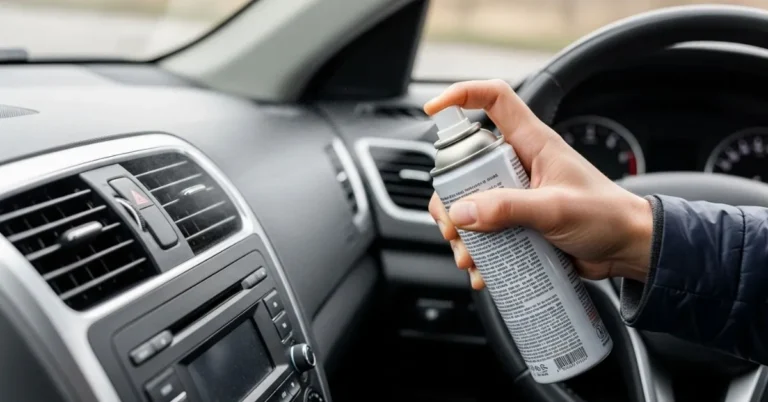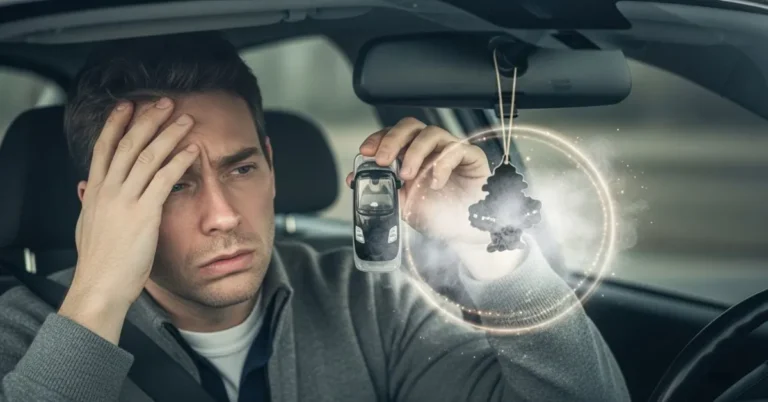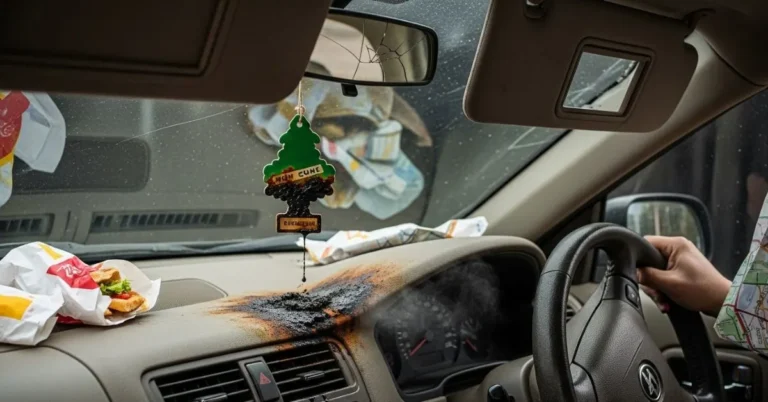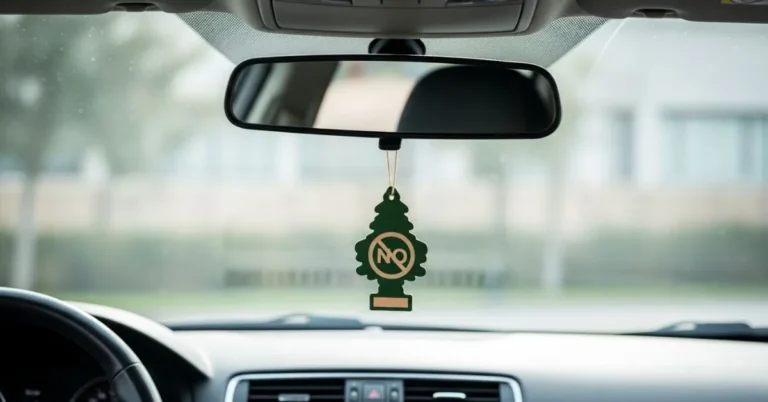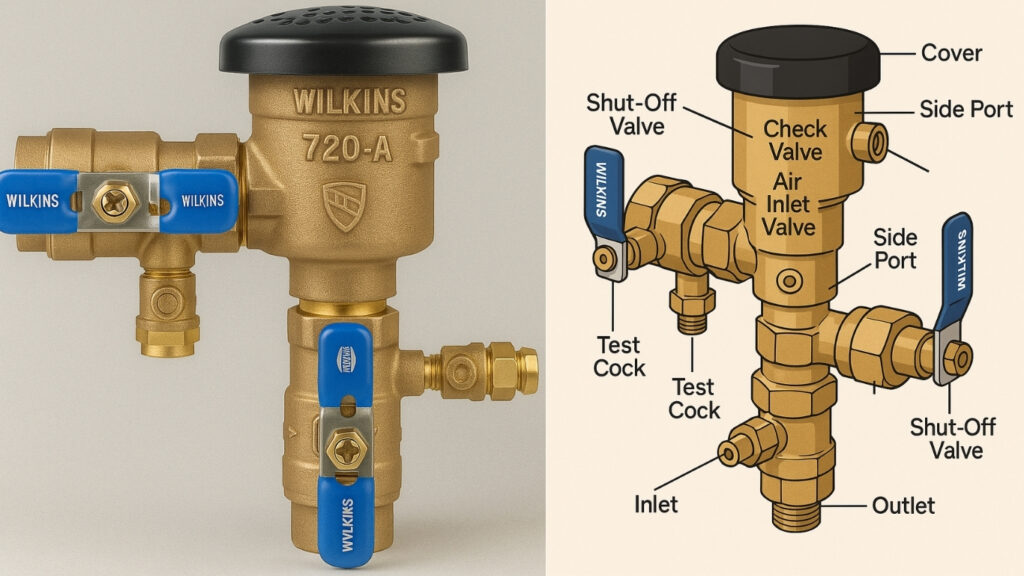
What does a vacuum breaker do? That might not be the first thing on your mind during a peaceful garden watering session, but one curious neighbor and a perfectly timed question can change that fast.
Imagine: It’s a warm Tuesday morning. You’ve got a cup of coffee in one hand and a hose in the other, finally giving the garden the TLC it deserves. Sprinklers are humming, flowers are dancing, and your dog is joyfully chasing splashes. Everything is perfect until your neighbor strolls over and casually asks,
“Hey, do you have a vacuum breaker on that hose bib?”
Cue the record scratch. A vacuum, what now?
You’re not alone if you’ve never heard of this tiny plumbing device. But trust us once you learn what a vacuum breaker does, you’ll see why it’s essential for every homeowner, especially if you’re into gardening, lawn care, or anything involving a hose.
Let’s dive deep (without the backflow) into the world of vacuum breakers and why they matter more than you think.
Contents
- 1 What Does a Vacuum Breaker Do?
- 1.1 How Does a Vacuum Breaker Work? (No Engineering Degree Needed)
- 1.2 Common Places You’ll Find Vacuum Breakers at Home
- 1.3 Why Should Homeowners Care?
- 1.4 Are Vacuum Breakers Required by Code?
- 1.5 Types of Vacuum Breakers Explained
- 1.6 How to Install a Hose Bib Vacuum Breaker in 5 Easy Steps
- 1.7 Sustainability & Safety: An Eco-Conscious Bonus
- 1.8 Informational Product Picks (Soft Promotion)
- 1.9 Frequently Asked Questions (FAQs)
- 1.10 Expert Thoughts: Small Gadget, Massive Impact
- 1.11 About the Author
What Does a Vacuum Breaker Do?
Let’s start with the star of the show. What does a vacuum breaker do? Simply put, it prevents dirty water from flowing backward into your clean water supply.
This backward flow, known as back-siphonage, can happen when water pressure drops suddenly like during a burst pipe, water main break, or even when the city is flushing hydrants. Without a vacuum breaker, water from a garden hose filled with pesticide, fertilizer, or dirty driveway runoff could be sucked back into your home’s water system. Yikes.
The vacuum breaker acts like a one-way gate. Water can flow out, but the moment it tries to sneak back in, it’s slammed. Denied.
How Does a Vacuum Breaker Work? (No Engineering Degree Needed)
Inside this small but mighty device is a simple mechanism: a valve or poppet held in place by a spring. When water flows normally, the valve opens. But if pressure suddenly drops and tries to pull water in reverse, the valve quickly snaps shut or vents air to break the vacuum.
Think of it like putting your thumb over a straw full of soda. When you release your thumb (drop in pressure), the soda stays in the straw unless you poke a hole and let air in. That’s what the vacuum breaker does: it vents air, “breaking the vacuum,” and protects your water system.
Simple science, powerful protection.
Common Places You’ll Find Vacuum Breakers at Home
Chances are, vacuum breakers are already hard at work somewhere around your house. Here’s where you might spot them or where you should have them:
1. Outdoor Hose Bibs
These are the most common. If you attach a hose for gardening, car washing, or pool filling, you need a hose bib vacuum breaker to stop anything nasty from backflowing into your drinking water.
2. Sprinkler and Irrigation Systems
Automatic lawn sprinklers are prime backflow offenders. Fertilizers and pesticides can easily enter your system without a vacuum breaker installed on your anti-siphon valve.
3. Toilets and Commercial Urinals
Some commercial toilets and flush valves have internal vacuum breakers to prevent contaminated water from sitting in the system.
4. Shower Heads
Hotels and multi-unit dwellings often include vacuum breakers to ensure that cross-contamination doesn’t occur during sudden pressure drops.
5. Appliances
Espresso machines, soda dispensers, and dishwashers sometimes use internal vacuum breakers especially in restaurants or commercial kitchens.
Read More: How to Bleed Brakes with a Vacuums Pump for Beginners
Why Should Homeowners Care?
What does a vacuum breaker do for you, the average homeowner? Here’s why it matters:
- It protects your health by keeping contaminated water out of your taps.
- It complies with plumbing codes in most states (yes, inspectors check).
- It prevents expensive damage and potential lawsuits if contaminated water affects your neighborhood’s water supply.
- It’s super affordable. Hose bib models cost less than $20 and some municipalities even provide rebates.
- It takes 5 minutes to install. Seriously, it’s DIY gold.
In other words, it’s a low-cost, high-value upgrade for any home.
Are Vacuum Breakers Required by Code?
In most of the United States, plumbing codes require vacuum breakers (or equivalent backflow prevention devices) for systems connecting to contaminants.
For example:
- Lawn irrigation systems often require pressure vacuum breakers (PVBs) or atmospheric vacuum breakers (AVBs).
- Outdoor hose bibs in newer construction often come with a built-in vacuum breaker or require one to be added.
- Commercial properties are strictly regulated.
If you’re unsure about your home’s requirements, a quick call to your local building department or plumber can save you from future headaches or fines.
Types of Vacuum Breakers Explained
Here’s a quick breakdown of the different types and where they fit in your home:
1. Hose Bib Vacuum Breaker
- Screws onto the end of your outdoor faucet.
- Easiest to install perfect for DIYers.
- Often includes a set screw to keep it tamper-proof.
Use it for Garden hoses, pressure washers, RV hookups, and outdoor cleaning.
2. Atmospheric Vacuum Breaker (AVB)
- Installed above the highest sprinkler head in lawn systems.
- It works only when water is turned off no constant pressure exists.
Use it for Irrigation systems and straightforward setups.
3. Pressure Vacuum Breaker (PVB)
- More complex must be installed by a pro.
- It can handle constant pressure and includes test ports for inspections.
Use it for In-ground sprinkler systems, pools, and extensive gardens.
4. Spill-Resistant Vacuum Breaker
- Designed for indoor use where water discharge would be a problem.
- Common in restaurants or homes with sensitive flooring.
Use it for Beverage machines, dishwashers, and coffee equipment.
How to Install a Hose Bib Vacuum Breaker in 5 Easy Steps
You don’t need a toolbox the size of a minivan. Here’s how simple it is:
What You Need:
- A hose bib vacuum breaker ($10–$20)
- An adjustable wrench
- (Optional) Plumber’s tape for extra seal
Steps:
- Turn off the faucet and disconnect your hose.
- Wrap the faucet threads with the plumber’s tape (optional).
- Screw on the vacuum breaker clockwise until hand-tight.
- Use a wrench to tighten gently just enough to stop leaks.
- Test it by turning the faucet on and checking for drips.
Boom you’ve just protected your water supply like a pro.
Sustainability & Safety: An Eco-Conscious Bonus
Let’s not forget the bigger picture. When you install a vacuum breaker, you’re also:
- Preventing chemical runoff from fertilizers and soaps entering public water.
- Avoiding waste caused by flushing contaminated lines.
- Promoting water conservation by reducing system contamination and leaks.
Plus, vacuum breakers are often lead-free and built to last years with little maintenance. This tiny detail earns big points if you’re building a green home.
Informational Product Picks (Soft Promotion)
Need one and not sure where to start? Here are a few reliable, budget-friendly options:
- BrassCraft Hose Bib Vacuum Breaker – Durable brass, tamper-resistant, under $15.
- Orbit Anti-Siphon Valve with Vacuum Breaker – Great for irrigation and sprinklers.
- Watts AVB Backflow Preventer – Simple, code-compliant, and affordable for indoor use.
Always check for local code compliance before buying!
Read More: How to Use a Vacuum Brake Bleeder: A Guide for Beginners
Frequently Asked Questions (FAQs)
1. What does a vacuum breaker do for outdoor faucets?
It prevents contaminants from your garden hose (like pesticides or soapy water) from flowing back into your home’s water system.
2. Can I install a vacuum breaker myself?
Yes! Hose bib vacuum breakers are DIY-friendly and can be installed with a wrench in under 5 minutes.
3. How often should vacuum breakers be replaced?
Typically, every 5–10 years, or sooner, if you notice leaks, corrosion, or reduced water flow.
4. Are vacuum breakers and backflow preventers the same?
Not exactly. All vacuum breakers are backflow preventers, but not all are vacuum breakers. Some systems use more advanced assemblies depending on complexity.
5. Is a vacuum breaker essential for my hose?
Absolutely especially if you use sprayers or chemicals or live in an area where plumbing codes require it. Better safe than sorry!
Expert Thoughts: Small Gadget, Massive Impact
So, what does a vacuum breaker do? It quietly guards your water system like a superhero blocking contaminants, preventing backflow, and keeping your family safe from invisible threats.
It’s affordable, code-friendly, and requires almost no effort to install. Whether you’re a first-time homeowner or a seasoned DIYer, adding a vacuum breaker is one of those smart upgrades with big-time benefits.
Go ahead check your faucet. Your future self (and your city water department) will thank you.

